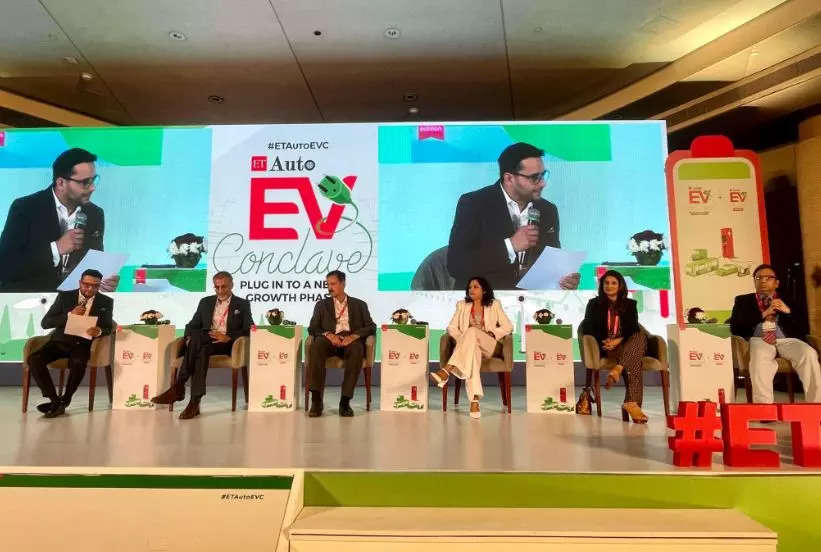
New Delhi: The electric vehicle industry is seeking, in one voice, the continuation of purchase subsidies/ incentivisation for three-four more years, till EV penetration reaches at least 25%,or till the industry grows five-fold.
An impassioned plea for continued support came from vehicle OEMs, component makers and others involved in the EV ecosystem. Most industry players believe withdrawal of incentives would kill demand generation since price parity between electric and ICE vehicles is anyway a dream.
The on-going Faster Adoption of Manufacturing Electric and Hybrid Vehicles (FAME) is currently in its second edition, slated to end in March next year. The scheme offers subsidies on vehicle purchase to OEMs under certain conditions.
The minister for heavy industries, Mahandra Nath Pandey, said in a written speech that the central government’s incentives till now come to INR 5174 crore for the industry.
Ashish Kundra, Principal Secretary of the Delhi government, said the FAME subsidy provided by the Centre is matched by state governments’ own schemes and the ultimate target has been to achieve price parity between ICE and electric vehicles through purchase subsidies.
He also echoed the industry sentiment on continuation of state support, saying three wheelers and two wheelers in particular need support and state governments were unlikely to withdraw incentives. “Even the Centre may not,” he said. It is pertinent to mention here that a third edition of the FAME scheme is under consideration by the central government but neither its contours nor its timeline is known, yet.
Sulajja Firodia Motwani, Founder & CEO of Kinetic Green said that India had begun well on the EV trail but was not even half done yet, with low overall EV penetration and demand creation within the electric vehicle space remaining a challenge. “We need to ensure that the customer sees a benefit in buying EVs and it is certainly too early to withdraw any incentives,” she said. Motwani gave the example of several other countries where support in the form of incentives has continued till their penetration reached 25%.
Chetan Maini, Co-Founder and Chairman SUN Mobility, said that a third edition of FAME should be stable, long term and predictable. “Any tapering in incentivisation should be done with a three year horizon and it should be technology agnostic”. He gave the example of the current architecture of the FAME scheme where between a vehicle which is bought with a battery and one without, only the vehicle with a fitted battery is eligible for subsidies. Any future incentivisation should be technology agnostic. Not only should the FAME incentive continue, according to Maini, the Advanced Cell Chemistry battery PLI scheme should also be extended.
Garima Misra, MD of Group Landmark, gave the example of a rollback in the quantum of subsidies offered by the government for electric two wheelers to stress continuation of benefits for some more years. We are not yet at an inflection point, said industry veteran Arun Malhotra, while pointing out that a rather small portion of the EV ecosystem is being incentivised up till now.
Delhi leads the charge
Kundra explained that in ebus incentives as well as in setting up public charging infrastructure, Delhi leads every other state in India. He said the Capital now has about 5000 charging points (public, private and battery swapping combined), the highest number of points anywhere in the country. He also said that the state government has signed the contract for almost 6000 e-buses, making it the second largest ebus fleet anywhere in the world.
What the industry must do
Kundra said that while the charging infrastructure needed for cars and buses is now inter-operable, it is not so with two wheelers. While the Bureau of Indian Standards (BIS) has issued a notification for this, two wheeler charging infrastructure providers remain a fragmented lot. Kundra called for consolidation in this space. Motwani also spoke of eventual consolidation in the larger EV market, pointing to simultaneous improvement in product and OEM quality. “The industry began by importing kits from China and assembling these to come up with products with low speeds….by the time FAME II came, the product and OEM quality had been upgraded. This upgradation will continue. EVs present opportunities for new players, new technologies, new business models to flourish”.

